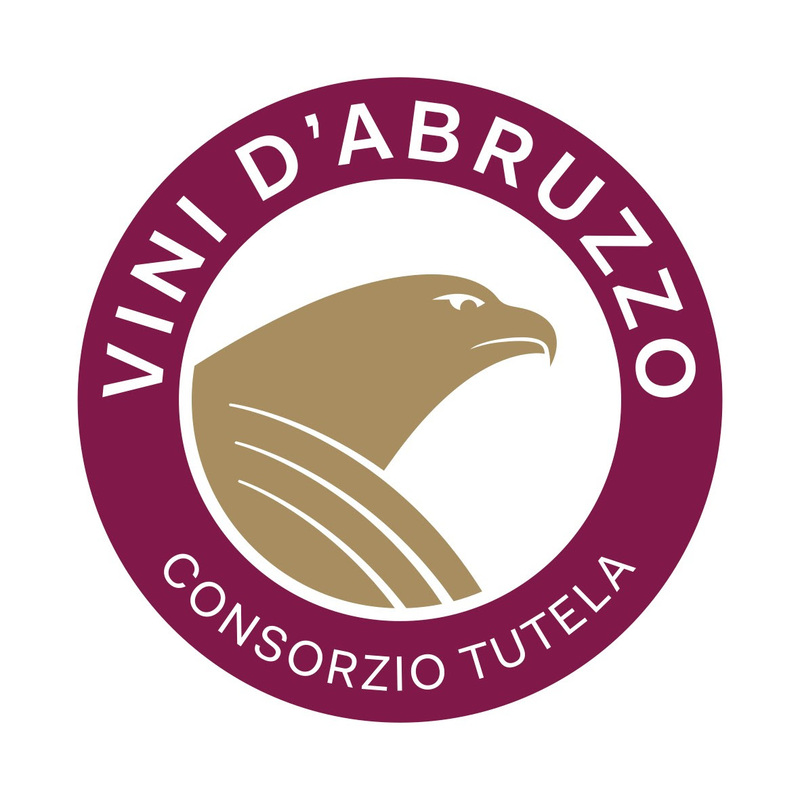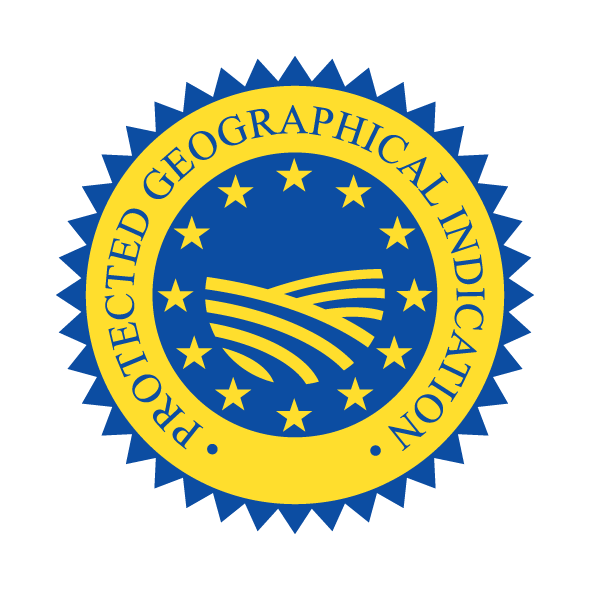Terre di Chieti IGT Appellation
Protected Geographical Indication (PGI)


The first historical testimony on Abruzzo wine production, as Polibio, a Greek historian who lived between 205 and 123 BC, reminds us, dates back to the famous exploits of Hannibal (216 BC) and his victory at Canne. Polibio recalled the production of excellent wine in the Adriatic area and wrote that Annibale “… having crossed and devastated the territories of the Pretuzi, Adria, as well as the Marrucini and Frentani (current province of Chieti), he headed on his march towards Iapigia” Puglia.
Since then, there have been countless historical testimonies on the presence of vines and wine in the province of Chieti, in particular starting from the 13th century. In fact, in August 1200 a notarial deed was stipulated in Venice which established a “colleganza”, a type of commercial contract, between Venice, Ancona, Ortona and Slavonia.
The numerous trades that involved Ortona, today the largest center of wine production in the region, concerned the foodstuffs most produced at the time; one of the main ones was wine, both white and red, as evidenced by numerous testimonies from the Dubrovnik State Archives, the ancient Ragusa.
Further evidence of the importance of the cultivation of vines, of vinification and of the wine trade in the province of Chieti comes from Giovan Battista De Lectis and is dated 1576, as well as that of Fra ‘Serafino Razzi (1531-1611), Dominican priest and Prior before the convent of Penne (between July 1574 and May 1576) and then of Vasto (between May 1576 and December 1577), who speaking in his work Viaggi in Abruzzo recalls: “The Vasto: Delicious land, which was already called a small Naples, it resides in a low site, compared to the high mountains that are behind it …… Abonda this land of all good, of bread, meat, fish, and eggs. And there is so much wine in it that every year many boats are loaded for Ischia, Venice and other places.
And with everything that they are fine wines, they are nevertheless mostly of the time at a verygood market ”. But in more recent times we can remember the precious work of Ottavi and Marescalchi entitled Vade-Mecum of the merchant of grapes and wines in Italy, the first edition of which was published in 1897, who write that in the province of Chieti the most widespread vines they were Trebbiano, Solmontina, Cococciola, Svacanina, Malvasia and Moscato, among the white berried grapes, Montepulciano, Sangiovese and Gaglioppa, among the black berried ones. The overall production was 670,000 hectoliters of which 56% red and 44% white. Both raw and cooked red and white wines were produced and “in small quantities, cerasuoli wines (cerasella)”.
Among the historical information on viticulture in the province of Chieti in the period between the two wars, a text published by the Ambulant Chair of Agriculture for the Province of Chieti in 1934 entitled Arboriculture and Viticulture in the Sangro Valley, in edited by Dr. Giuseppe Conte, just as Mario Soldati (1906-1999), writer and director of great fabric, cannot be forgotten, who in his 1977 book Vino al Vino describes in an extraordinary way the peculiarities of viticulture in this area.
Thanks to the suitability of the territory and the dedication of thousands of winemakers, for over fifty years the province of Chieti has been the most important province of Abruzzo from a viticultural point of view, holding over 80% of the regional production, and constitutes one of the reference points of national viticulture not only for quantity but also for quality.
However, in addition to the historical and pedo-climatic factors, which closely link the product to the territory, the incidence of human factors is also very important since, through the definition and improvement of some viticultural and oenological practices, which are an integral and substantial part of the production disciplinary, it is possible to obtain products with specific marked characteristics.
Territory
The geographical area dedicated to the production of the IGT Terre di Chieti wine consists of a wide and extensive coastal hilly strip, which goes from the Foro river to the Trigno, followed by the internal hill and finally by the foothill that reaches the north-western part up to at the foot of the Maiella and the Frentani Mountains.
The clayey hills flank the few alluvial plains of an arenaceous and clayey nature formed by the Foro, Sangro, Sinello and Trigno rivers and give rise to an undulating landscape,
The temperature variations between day and night are remarkable, favored by the proximity of the Maiella massif, as well as the ventilation, which determine optimal conditions for the health of the grapes as well as the accumulation of aromatic substances in the bunches, giving rise to wines with intense and characterized.
The Production Area of Terre di Chieti IGT Wine is located in:
– Province of Chieti and includes the entire provincial territory.
Vinification and Aging
During the vinification phases, only loyal and constant oenological practices of the area are allowed, suitable to give the wines their particular quality characteristics.
The winemaking practices of the IGT Terre di Chieti wines include, among other things, that:
– The maximum yield of grapes into Terre di Chieti IGT wine must not exceed 80% with the exception of the type of Passito wine for which it must not exceed 50%; if these parameters are exceeded, the right to IGT for the whole product is lost.


